Green coconut chutney is just one of hundreds of different varieties. Yes, you heard that correct...hundreds! The blog tarladalal.com claims to have 250 chutney recipes on its site, chitrasfoodbook.com has about 65 and so forth.
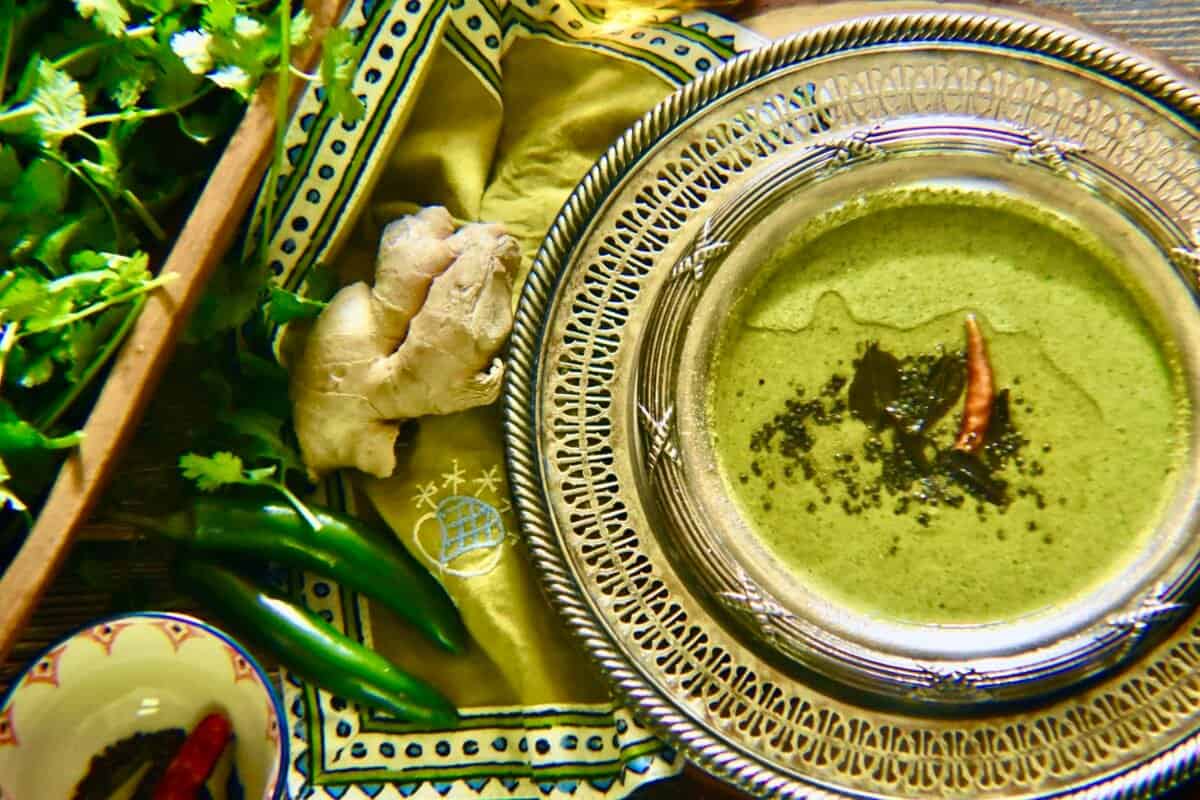
While I'm nowhere close to those numbers, in the short life (3 months) of my blog I already have recipes for raita, mint-chutney, sugar free imli chutney and a few others. This is a clear indication of how integral this famous condiment is to South Asian Cuisine.
The History
Originally made from fresh fruit and spices, chutneys are served both as thick relishes and thin sauces. Whatever the consistency, they all have a sweet, sour and spicy taste in common.
Chutneys were originally created as a means of preserving fresh fruits and vegetables. But as modern innovation gave way to the rise of refrigerators this necessity became obsolete.
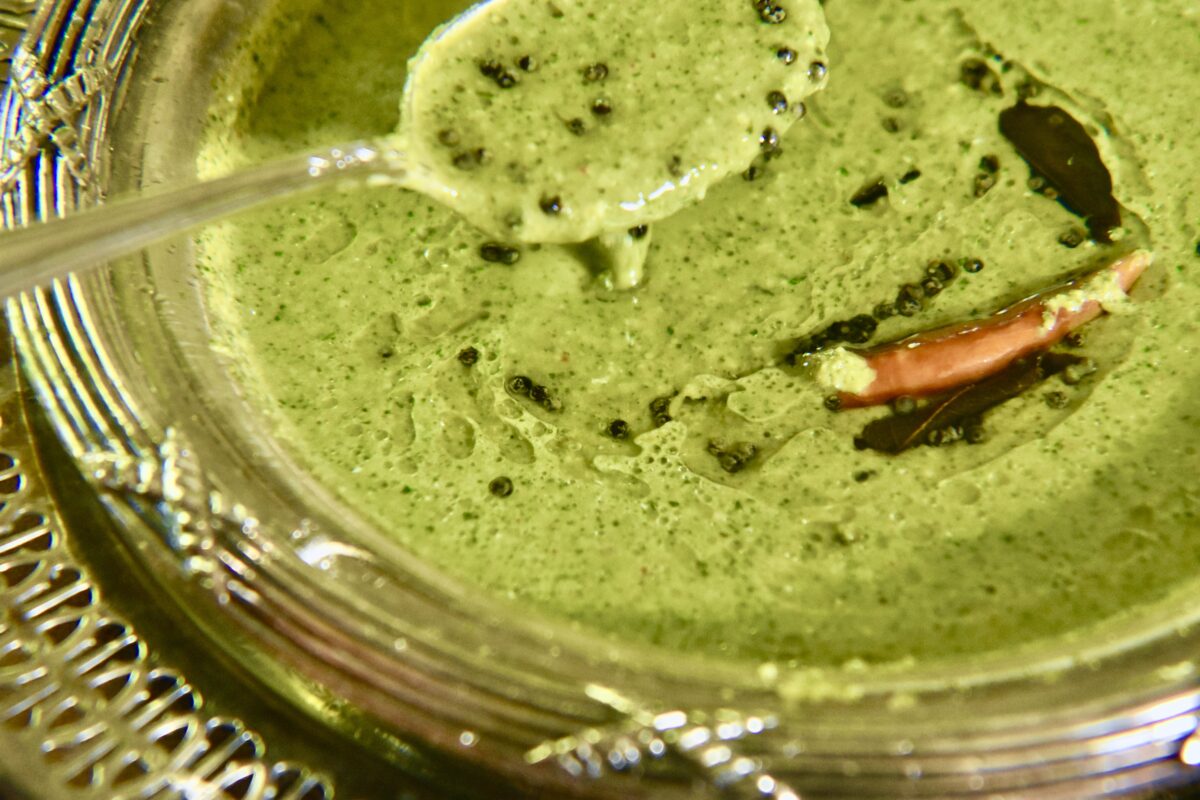
British presence in South Asia around the late 17th century led to the popularity of chutneys all across Europe. Major Grey's Chutney, one of the world's leading brands was originally developed by a British officer stationed in India.
I personally love chutneys as they are the perfect accompaniment to any snack or meal!
My Story
I've always liked Chutneys at my dinner table, my three favorites being green chutney, tamarind chutney and raita. This Green Coconut Chutney recipe is a very recent creation of mine and is currently ranking high on the family's list of favorites.
I've always loved eating simple coconut chutney which is an integral part of South Indian food such as rava idli and rava dosa. Since I've never made it at home myself the search for a good recipe began. Most recipes I've found have some urad dal or bengal gram also known as chana dal in it. The lentils help to thicken the cilantro coconut chutney.
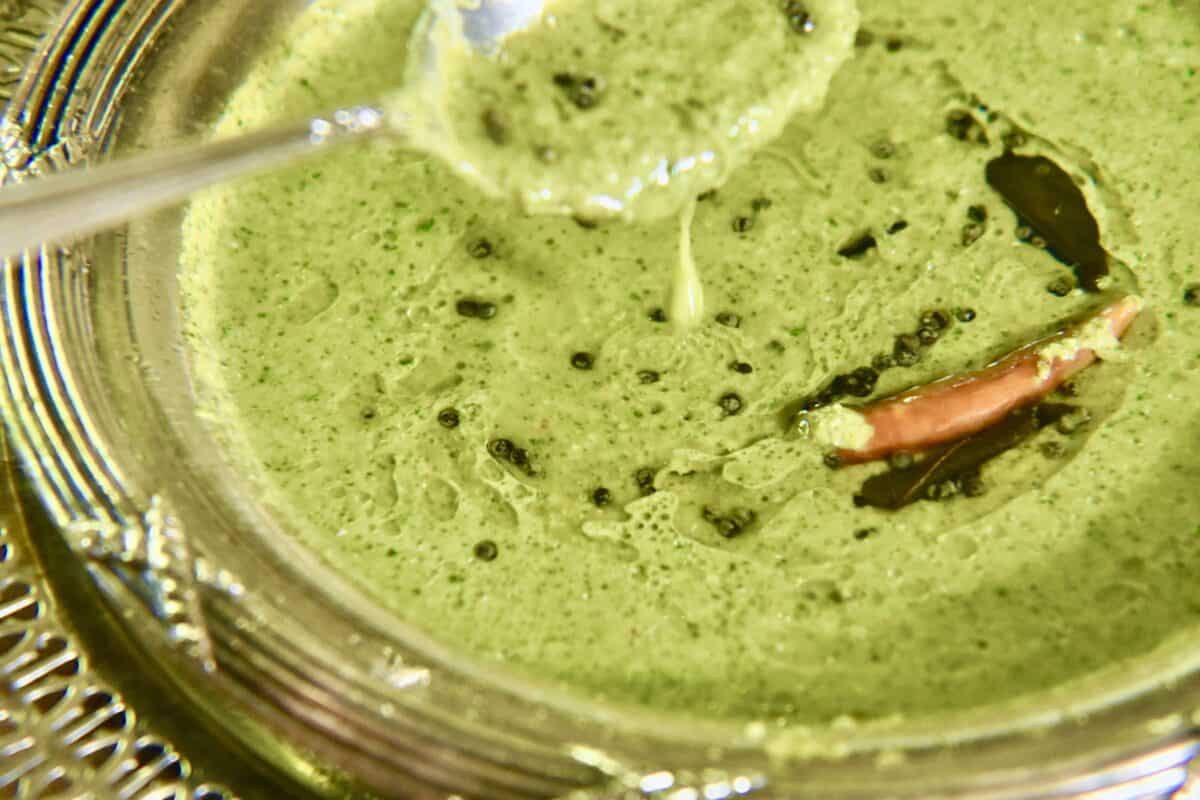
However, the idea of raw ground lentils didn't appeal too much. Wracking my brain for a good substitute I recalled a peanut chutney recipe I'd recently seen and decided peanuts would be my substitute! Now anytime you have coconuts and peanuts you have to have tamarind!
WANT TO SAVE THIS RECIPE?
My favorite cuisines, South Indian, Hyderabadi and Thai often have all three in their recipes so it had to work right? Trying to stay within the precepts of a perfect chutney which must be sweet, sour and spicy, I started layering my mixture with assorted ingredients till I got to this share worthy recipe!
Green Coconut Chutney is definitely going to be a permanent feature in my household! I hope it becomes one in yours too!
The Recipe
Since the two main ingredients are kind of sweet, the tamarind is a must to add a little tang tang that is essential to this chutney. Lime juice can also be used for the sour taste, but tamarind works better. For added pungency I added some ginger, followed with green chilies and red chili powder for some heat.
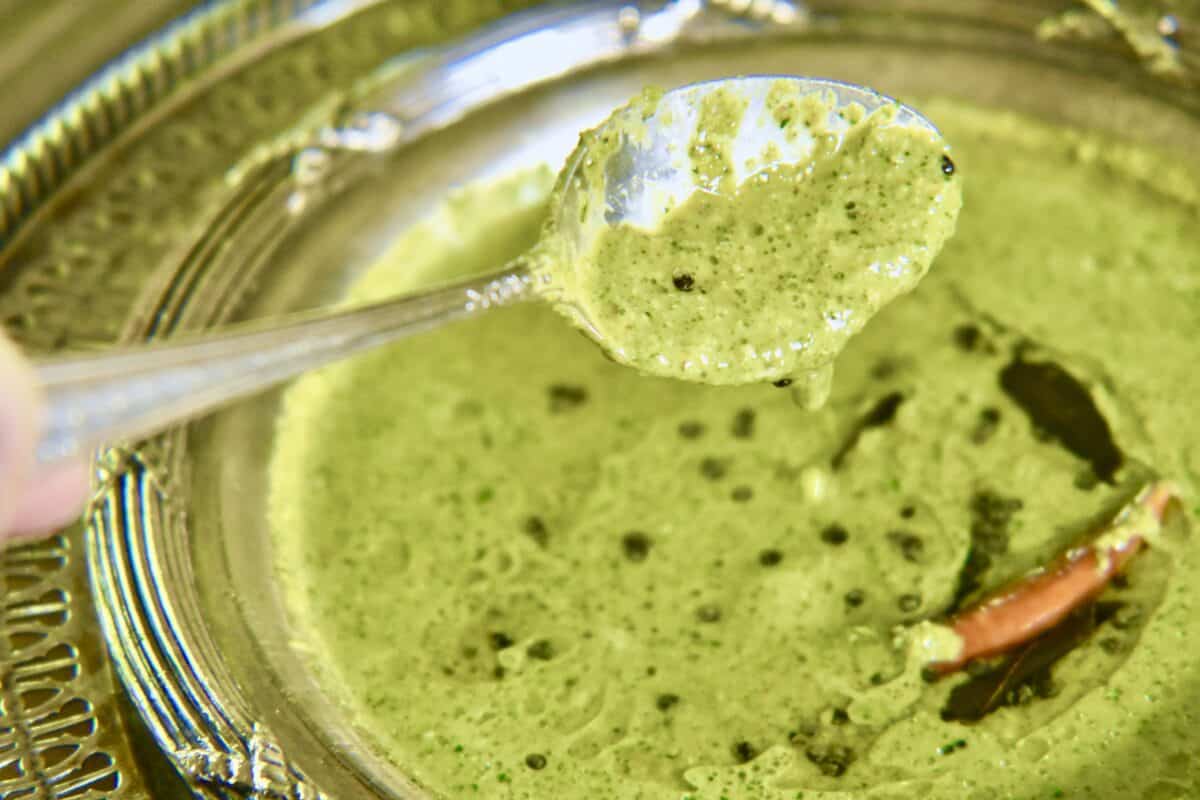
Each ingredient used enhances the flavor of the other due to the contrast in taste. The Cilantro leaves add a nice fragrance and color and helps fuse all of the other flavors. For the final step, I add a tempering of mustard seeds, curry leaves and dried red chilies.
One teaspoon of mustard seeds is sufficient. The seeds have a sharp tangy taste if used in a small quantity, but too much can taste bitter. Similarly, curry leaves add a special aroma and citrusy flavor to the chutney.
The red chilies also smell amazing as the tempering releases all the essential oils in them and can be left sitting on top as a beautiful finish or eaten if you like your chutney spicy!
TIPS
1. Make sure to dry roast the peanuts in a small pan before grinding them . This releases the essential oils in the nuts and results in the desired nutty taste.
2. Traditionally, South Indian Chutney similar to this is made with fresh coconut. In the absence of the real thing, dessicated coconut can be soaked in a little water and used. The soaking softens it so it blends into a smooth paste when combined with the other ingredients.
3. I usually soak a block of tamarind to make my tamarind water and store it in the freezer as I use it so often. Although I recommend that you do this for best results, since it is a long process, you can use 1 tablespoon of tamarind paste and mix it with ¼ cup of water instead. Both the block of tamarind and the paste are easily available at Indian grocery stores or on amazon.
Enjoy the Green Coconut Chutney with Paratha, Naan, papad, kebab or on a chicken tikka sandwich.... anything and everything! Please rate the recipe if you try it and leave a comment below to let me know what you think
Green Coconut Chutney
WANT TO SAVE THIS RECIPE?
Ingredients
- ¼ cup peanuts (SEE NOTES)
- ¼ cup dessicated unsweetened coconut (SEE NOTES)
- 1 bunch cilantro
- 1 tsp ginger
- 1 green chili
- 1 tsp salt
- ½ tsp red chili powder
- ¼ cup tamarind water (SEE NOTES)
- ½ cup water
- ½ tsp mustard seeds
- 2 dried red chilies
- 10 curry leaves
Instructions
- Dry roast the peanuts in a non stick pan
- Grind the roasted peanuts to a powder in a spice grinder
- Soak the dessicated coconut in ½ cup water to make coconut water
- Blend the peanut powder, coconut water, cilantro, ginger, green chillies, salt, red chilli powder and Imli water and ½ cup water in a blender
- Saute the mustard seeds, red chillies and curry leaves in 1 tablespoon oil and pour over the above ground mixture to Temper the Chutney.
Notes
- Make sure to roast the peanuts before grinding them. This releases the essential oils in the nuts and results in the desired nutty taste.
- The dessicated coconut has to be soaked to soften it so it blends well with the other ingredients when pureed. You may well ask why not use coconut milk instead to make things simpler. The answer to that is that you want to taste the coconut grains, this gives added flavor and texture.
- I usually soak a block of tamarind to make my tamarind water and store it in the freezer as I use it so often. Since it is a long process to do that you can use 1 tablespoon of tamarind paste and mix it with ¼ cup of water to get the quantity you need for this recipe.


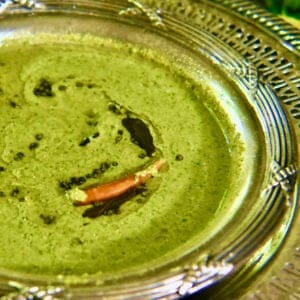
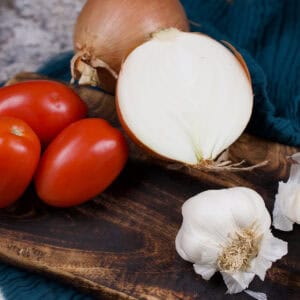
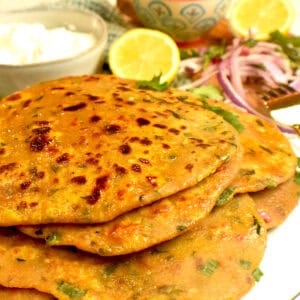

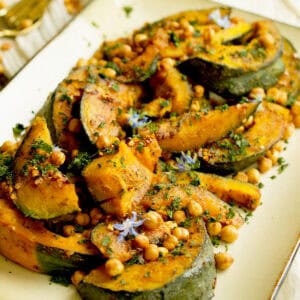
Leave a Reply